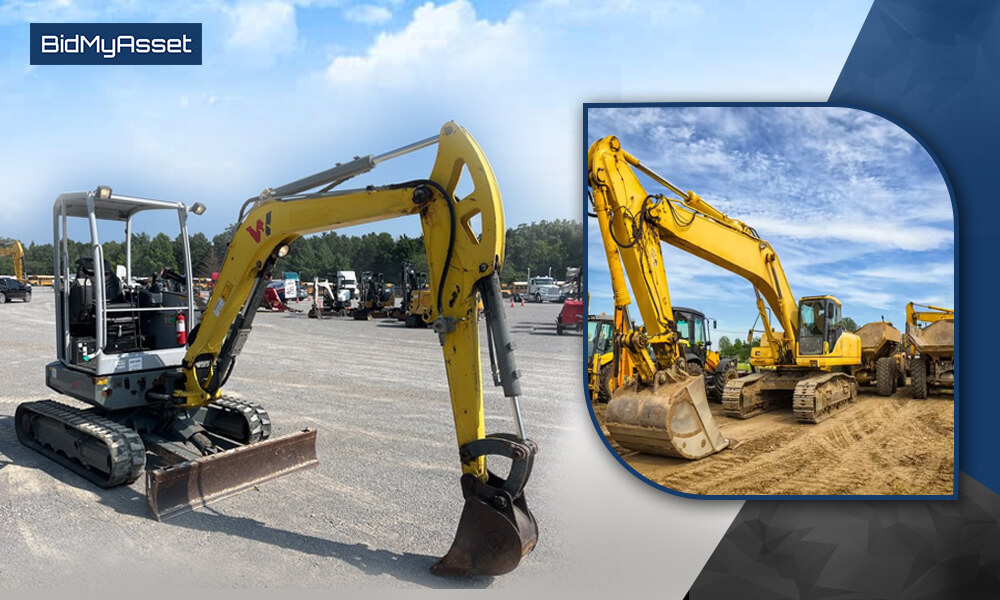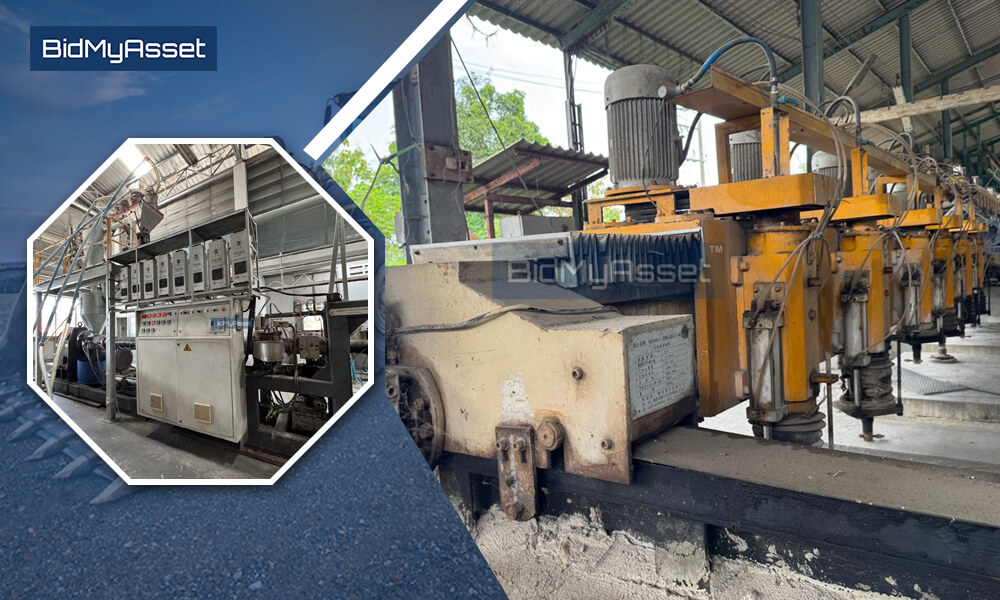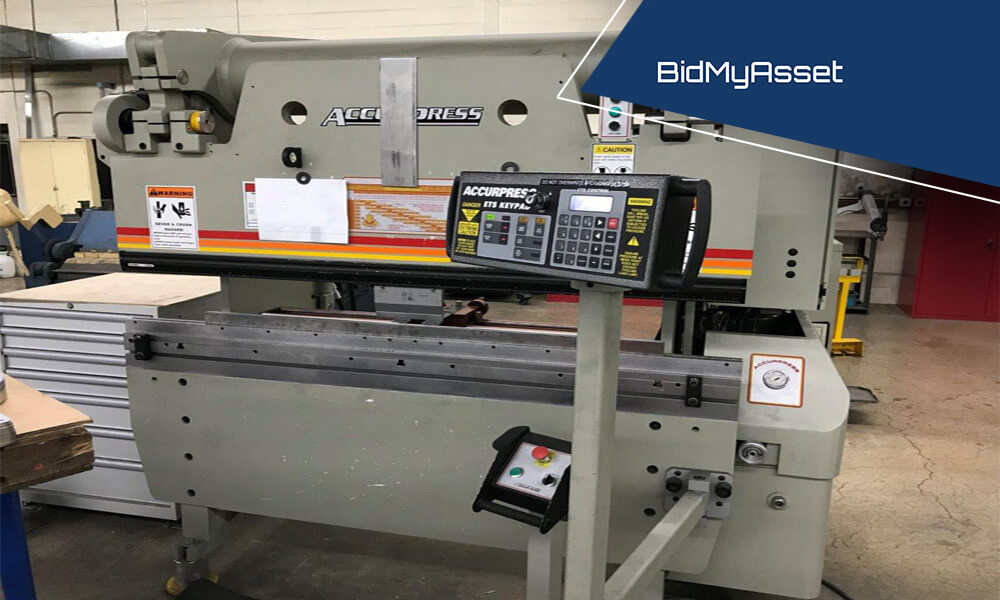Introduction: Your Guide to a Smart Used Equipment Investment
Buying used industrial machinery and heavy equipment is a fantastic way to save capital and acquire the tools your business needs without the hefty price tag of a new model. However, finding a good deal is only the first step. To ensure you’re making a wise, long-term investment, there are several key considerations you should never overlook.
1. Conduct a Detailed, On-Site Machinery Inspection 🛠️
This is the single most important step for any purchase of used heavy equipment or machinery. If possible, inspect it in person or hire a trusted third-party expert to do it for you, particularly if you are buying in a new area.
- Physical Condition: Look meticulously for signs of extensive wear and tear, deep rust, or structural damage.
- Critical Components: Check vital parts like motors, bearings, belts, and hydraulic systems. Test the machine under its typical load.
- Maintenance Records: Demand a complete service and maintenance history. Understanding how well the machine has been cared for is a direct predictor of its remaining lifespan.
2. Understand the Machine’s History and Previous Usage
A machine’s past dictates its future performance. Knowing its history helps you gauge its remaining life and potential for issues down the road.
- Operational Intensity: Was it used for high-stress, heavy-duty production or light, occasional tasks?
- Operational Hours: Ask for the documented total operational hours. This is a far better indicator of wear than its calendar age.
- Significant Repairs: Inquire about any major repairs or complete overhauls. A detailed history can prevent unforeseen breakdowns after your purchase.
3. Research the Current Market Value for Used Equipment
Just because a machine is pre-owned doesn’t mean the price is fair. Comparative analysis is essential for any smart buyer of used industrial machinery.
- Benchmark Pricing: Compare the asking price to similar makes, models, and ages of used industrial equipment currently listed in your regional market (e.g., used equipment in Malaysia).
- Value Factors: Consider the machine’s brand reputation, its specific features, and, most importantly, its verified condition. A fair price reflects the machine’s true value, not just the seller’s desire to offload it.
4. Factor in the Full Cost of Ownership (TCO)
A “bargain” price can quickly turn into an expensive mistake if you don’t account for all associated expenses beyond the initial purchase.
- Logistics: Get firm quotes for transportation and rigging to your facility.
- Installation & Setup: Factor in the cost of professional installation and any necessary wiring or plumbing modifications.
- Repairs & Retooling: Budget for immediate minor repairs, necessary retooling, or replacement of high-wear parts.
By following this checklist, you can confidently make an informed decision and find quality used machinery that serves your business well for years to come.


